Maserati Quattroporte II Frua
With the Quattroporte, which was offered from the end of 1963, Maserati opened up a completely new business segment: that of sporty sedans. The Italian brand got the idea from a number of US customers who wanted a suitable everyday vehicle to go alongside their sports cars. This was to have similar driving performance and a great design if possible. Despite the high financial risk of developing a vehicle for a very small customer group that would only buy a few units, Maserati finally decided to go ahead with production. The chassis of the 5000 GT with a wheelbase extended by 15 centimeters served as the basis. Based on the technical principles of the V8 engine from the 5000 GT, a new proper plant was created with 260 hp from 4.1 liters of displacement. Later, the engine grew to 4.7 liters. A total of around 770 units rolled off the production line.
Citroën modernized the Maserati model range
Although the Quattroporte was thus more successful than originally thought, there was no direct successor. This was mainly due to the fact that Maserati and the overarching Orsi Group increasingly ran into financial difficulties from the mid-1960s. In 1968, Citroën took over the sports car brand and modernized the model range. New models such as the Merak and Bora were to be produced in larger numbers and thus bring fresh money into the coffers. A successor model to the Quattroporte with Citroën technology (for example, hydropneumatic suspension as in the DS) didn’t make its debut until the fall of 1974 as the Quattroporte II. At that time, however, the French car brand wasn’t doing well financially either. In 1975, Peugeot took the helm and sold Maserati to Alejandro de Tomaso. Finally, in 1979, the Quattroporte III appeared, which was technically based on the De Tomaso Deauville.
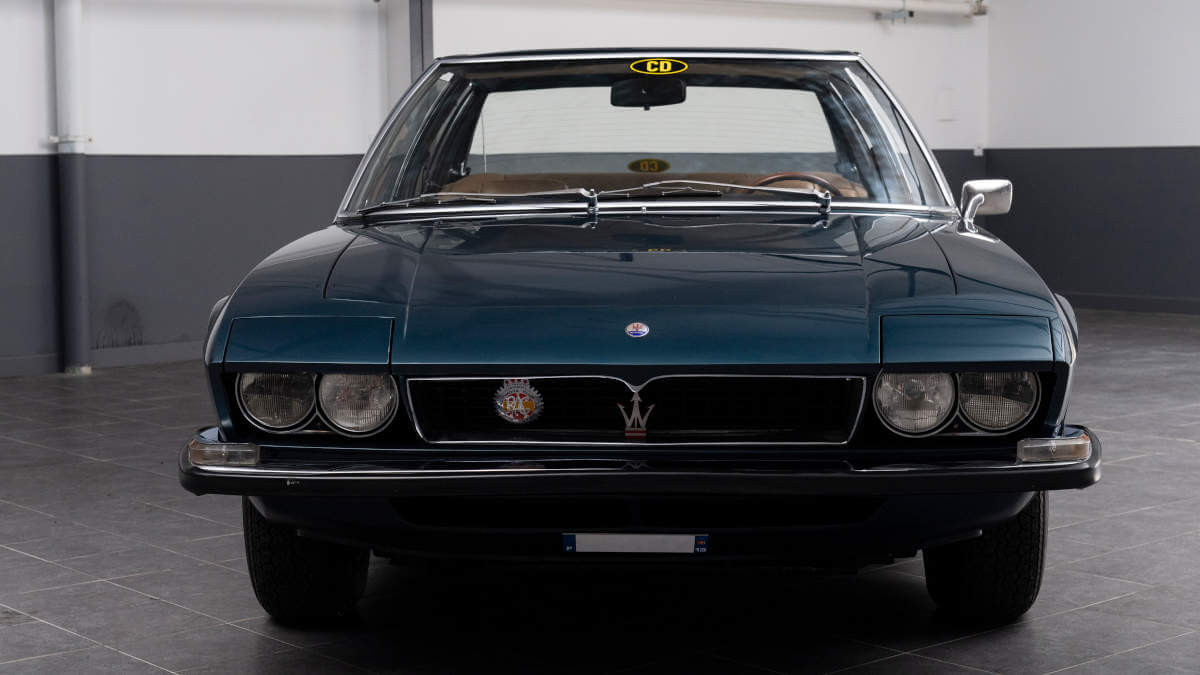



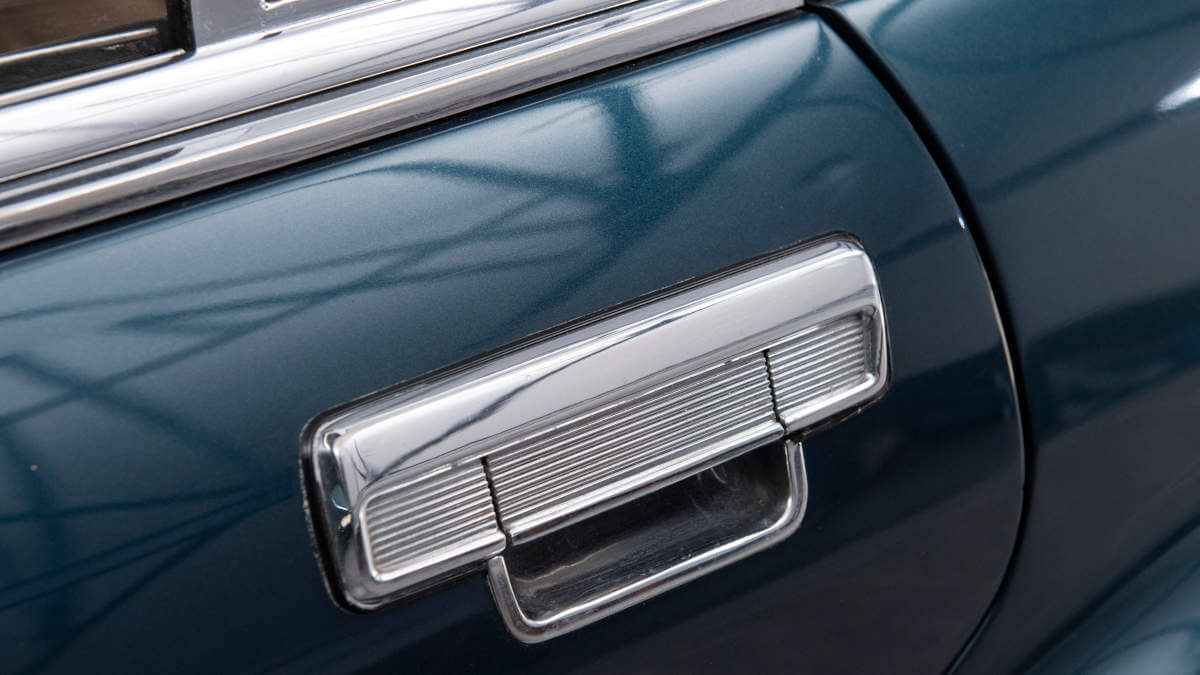



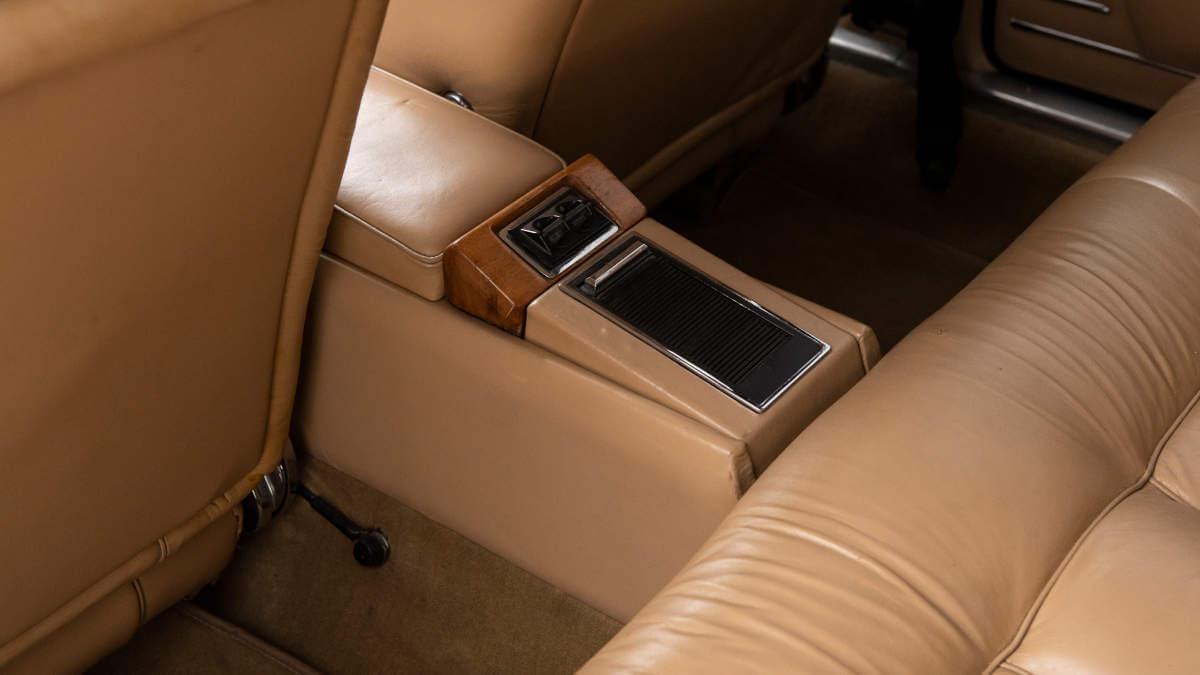



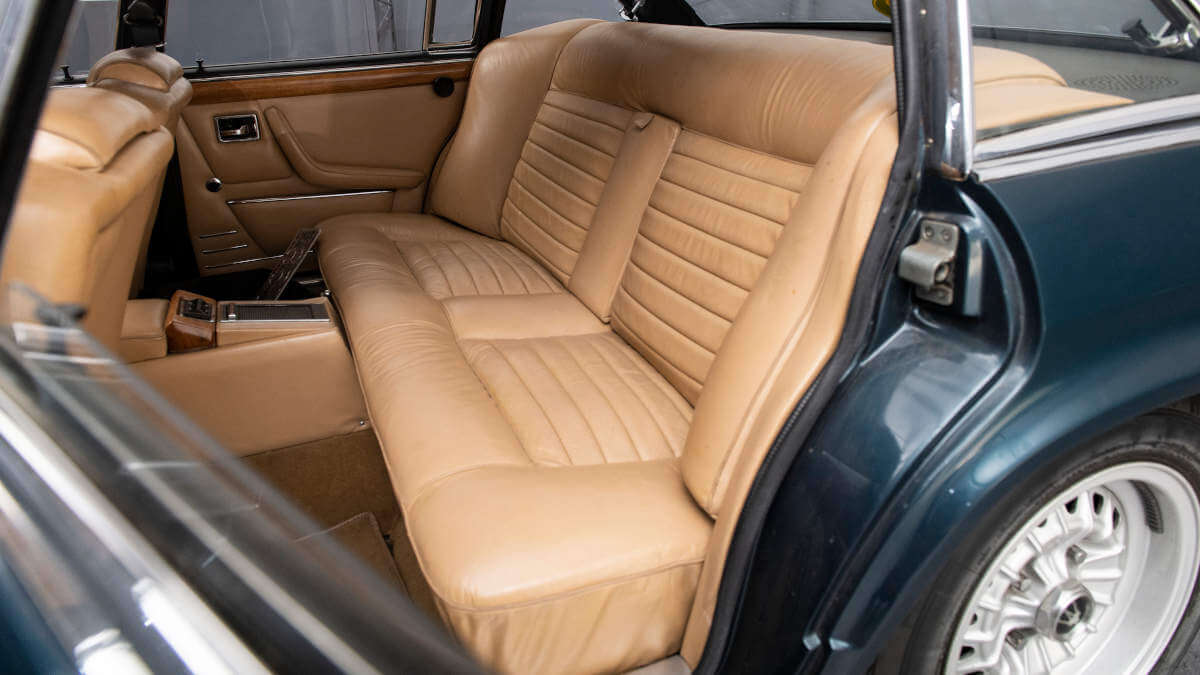



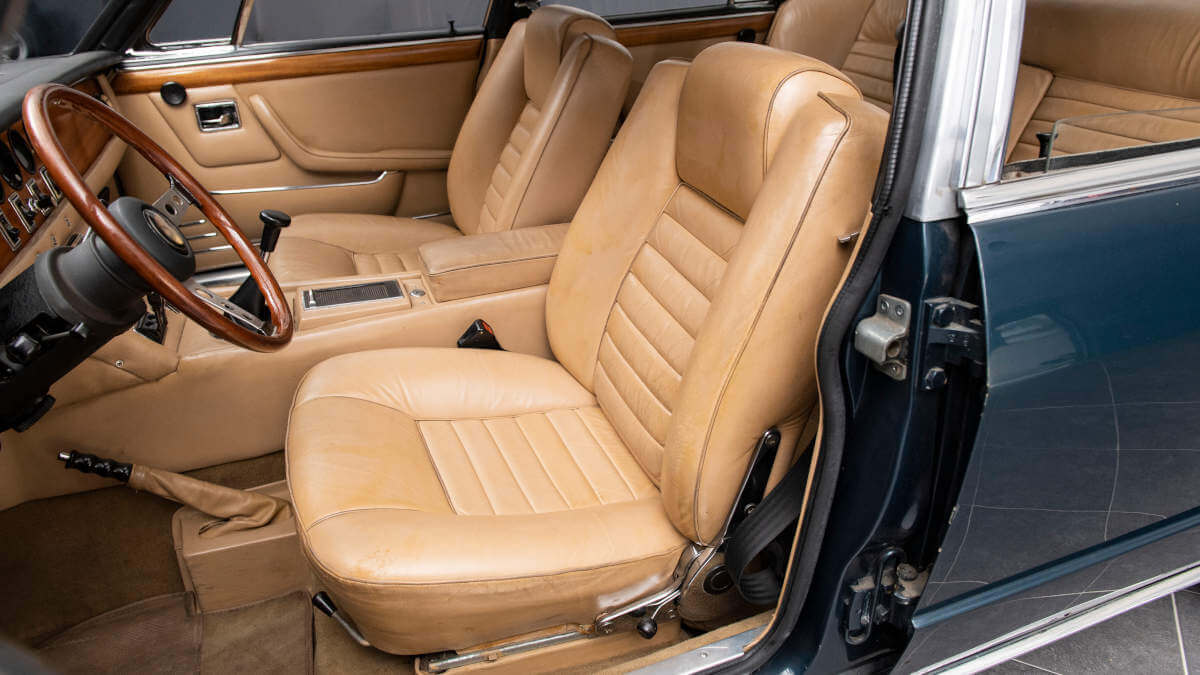



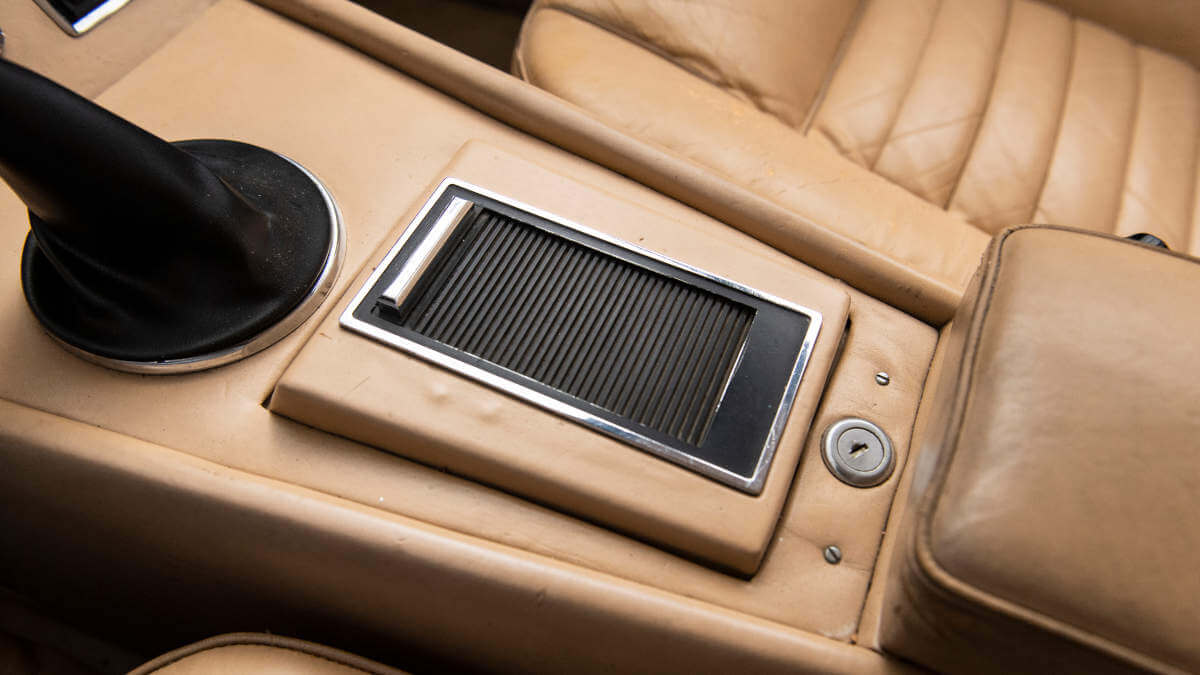



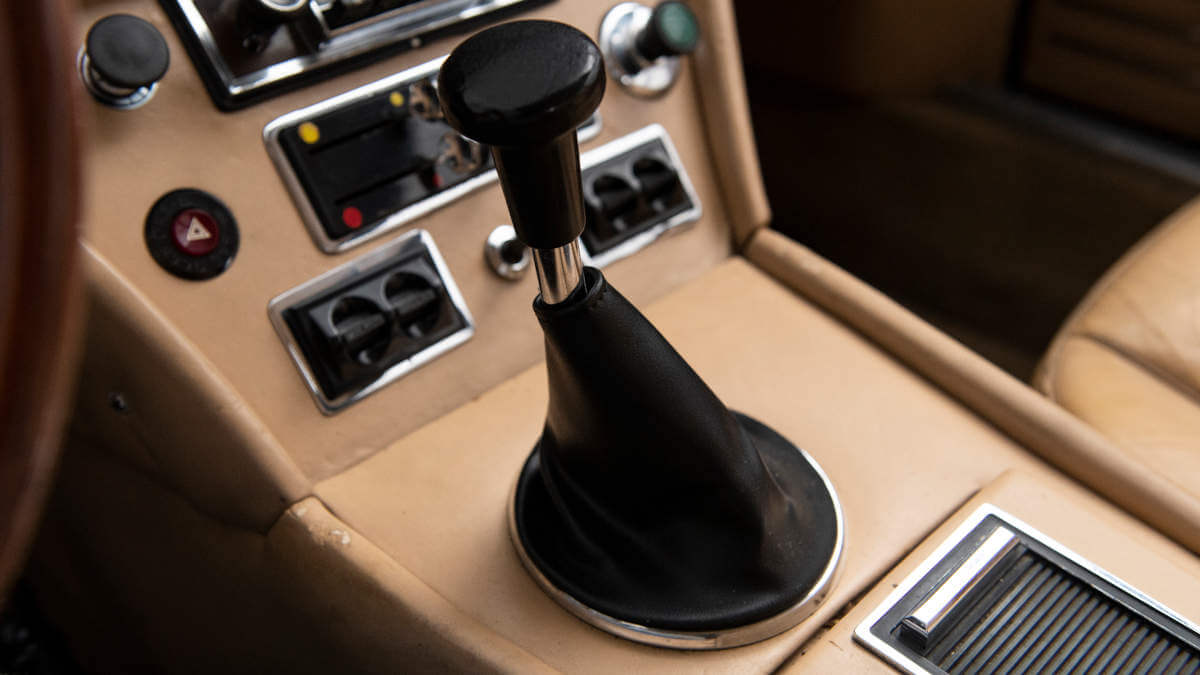



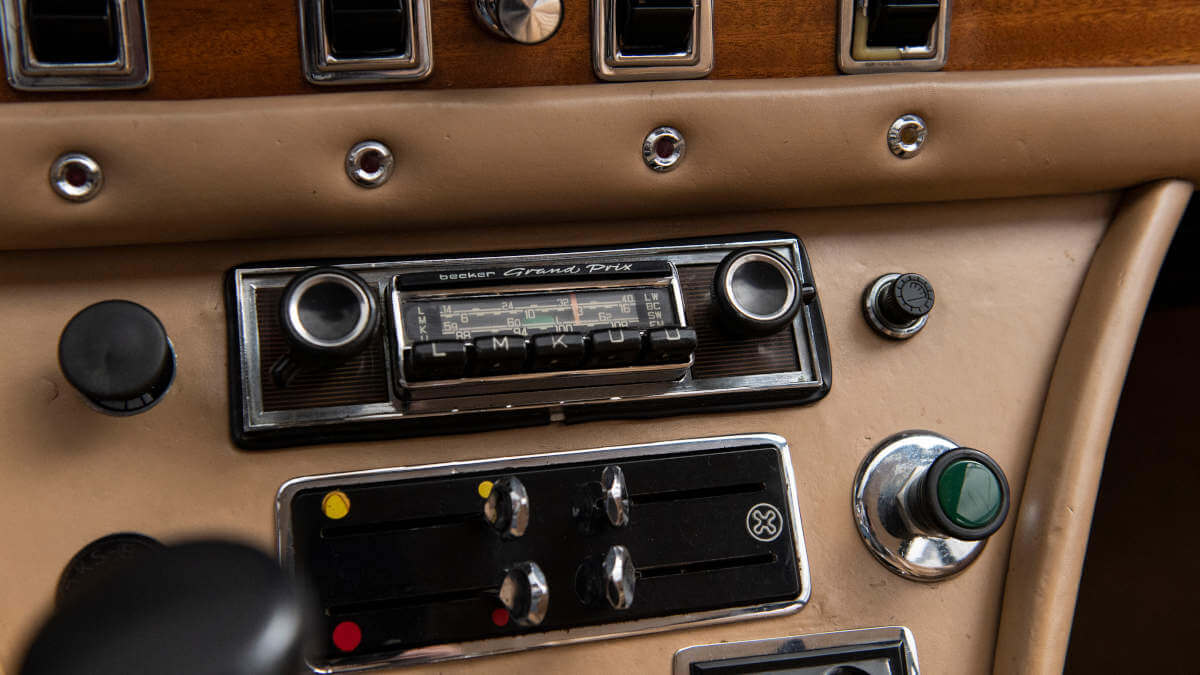



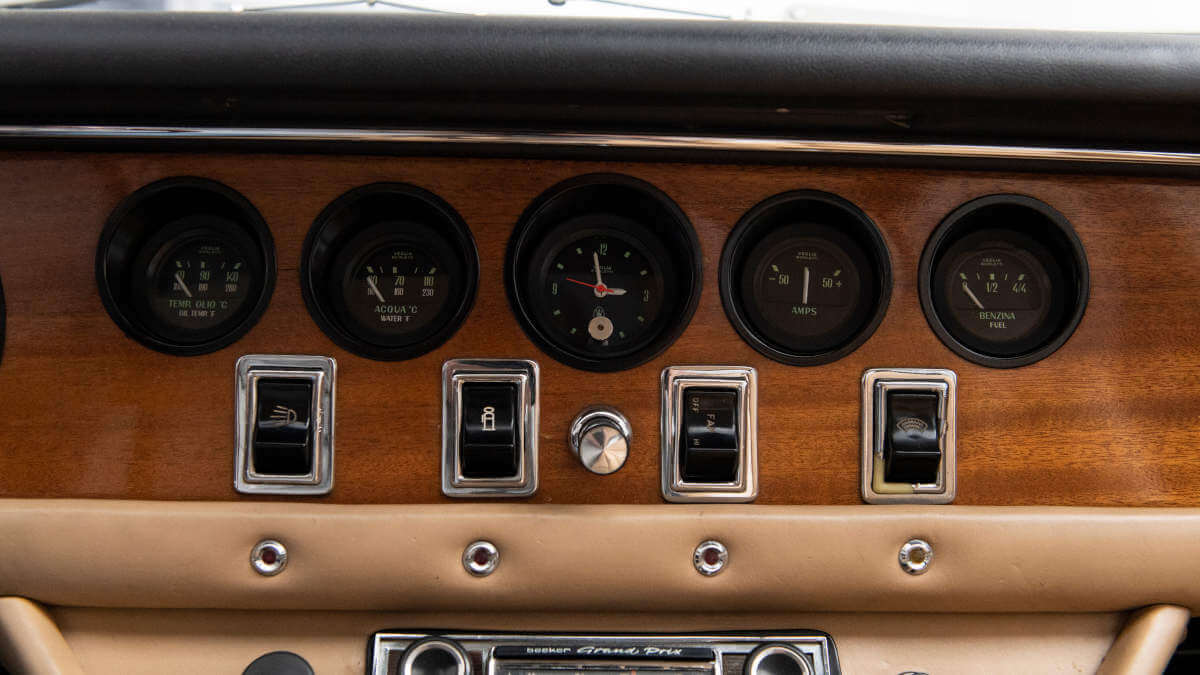



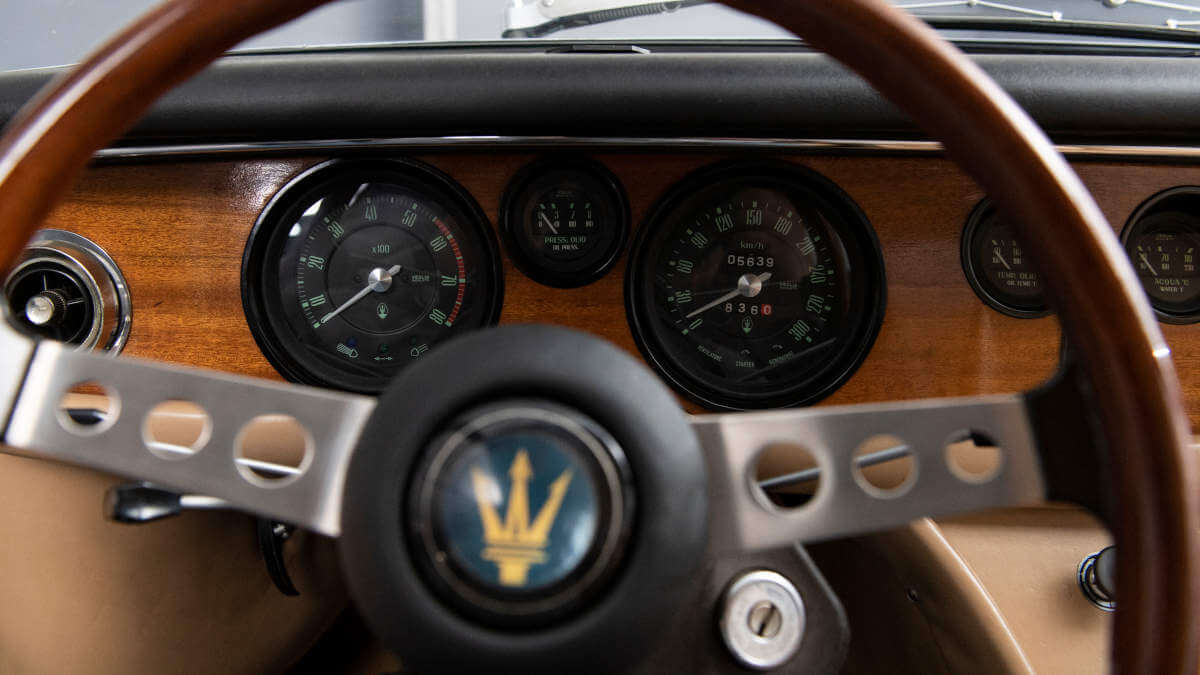



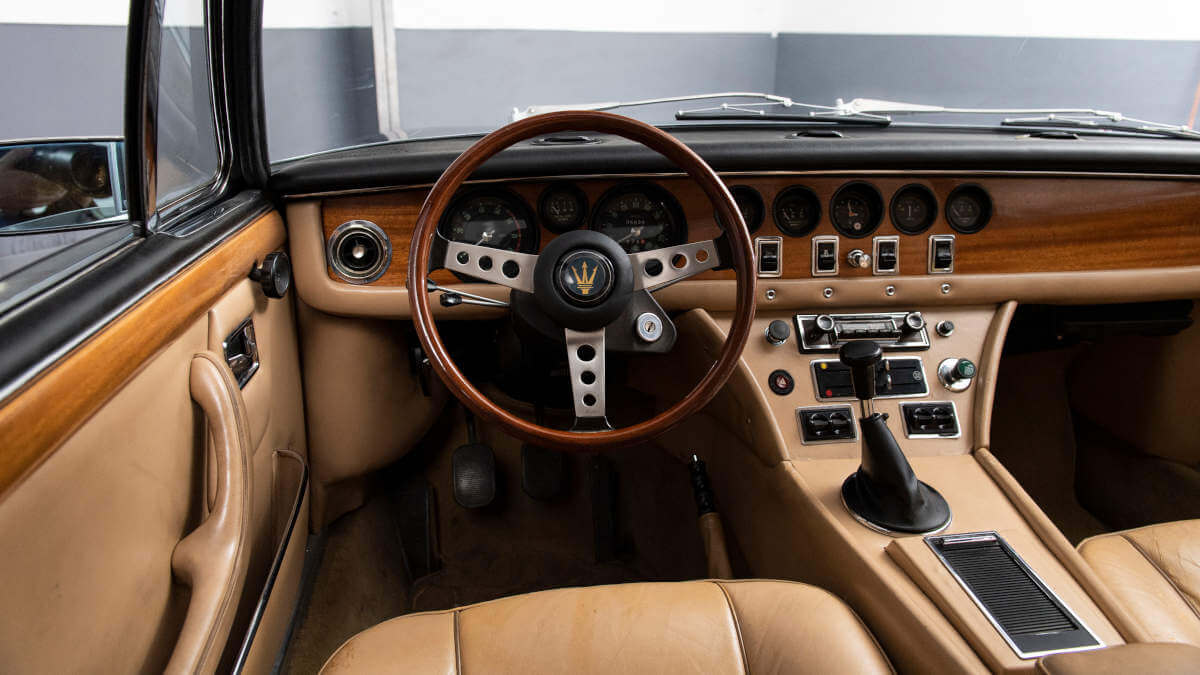



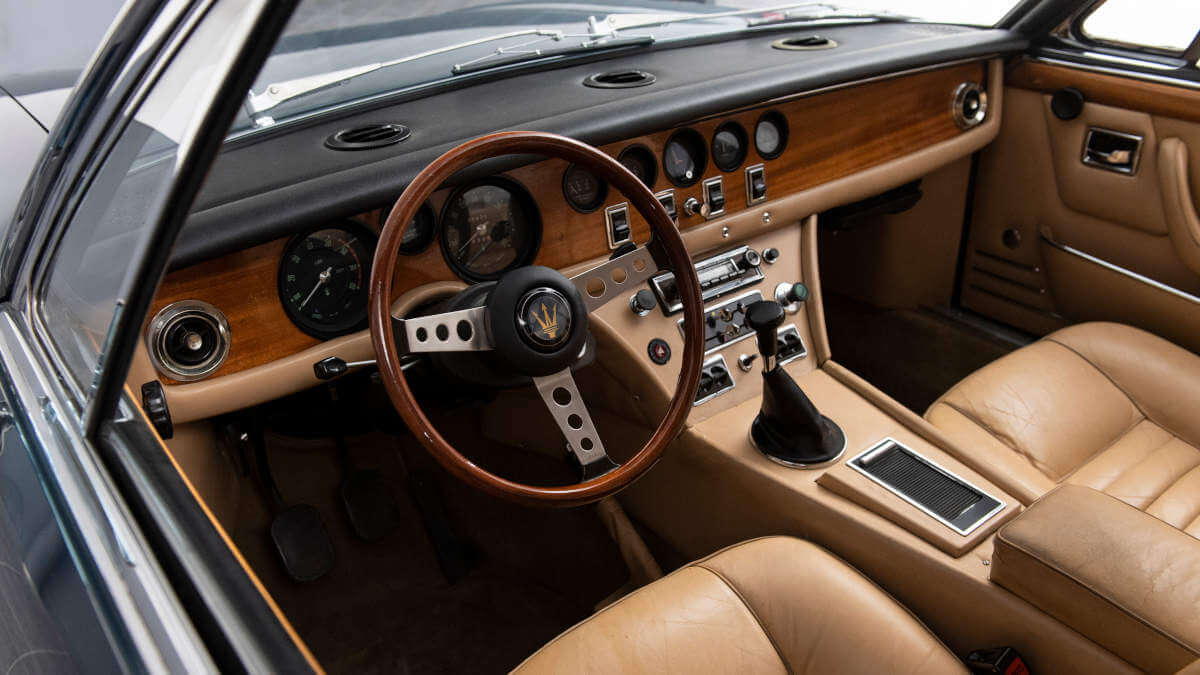







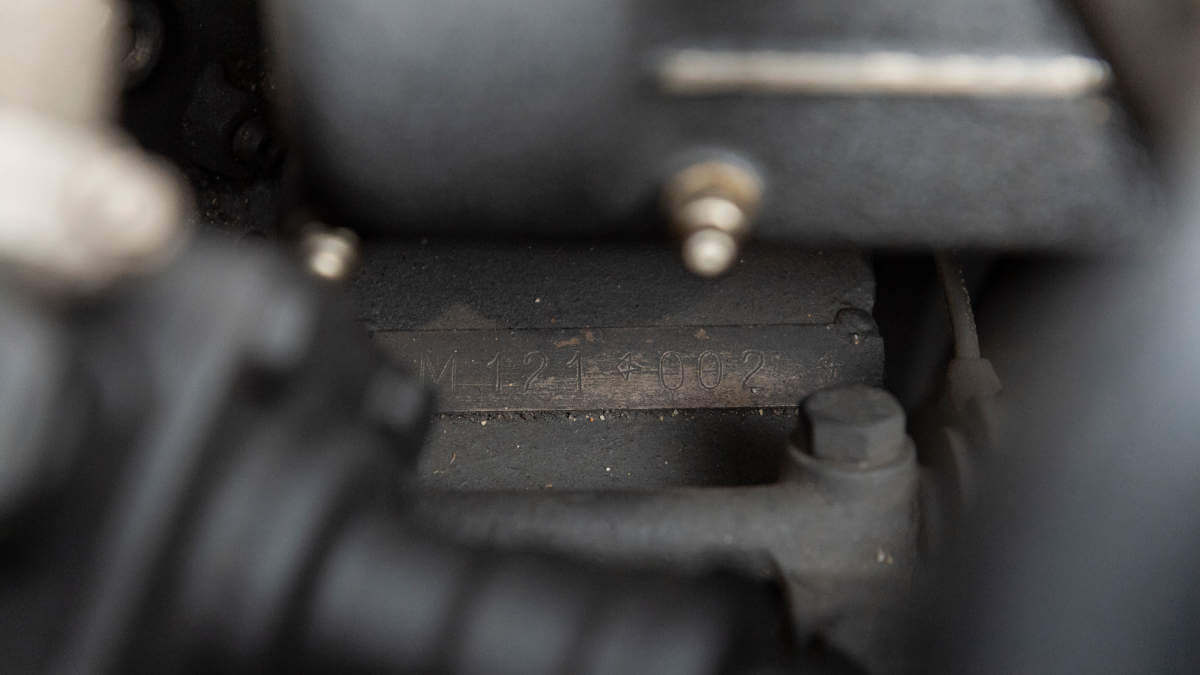



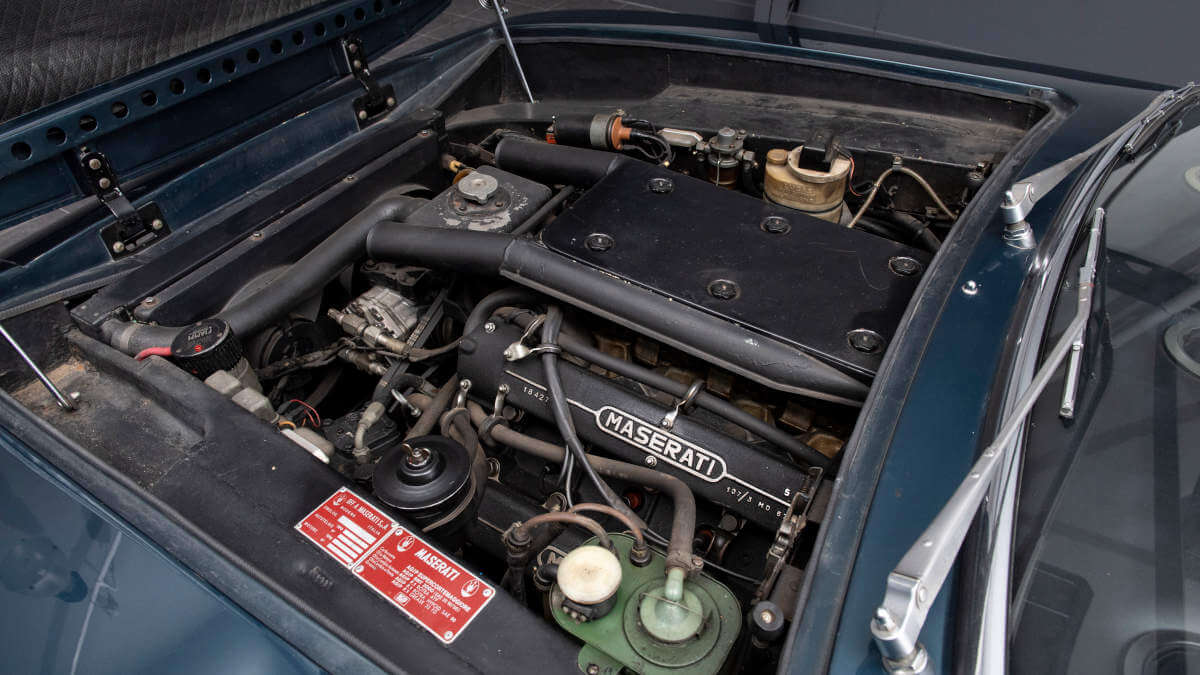



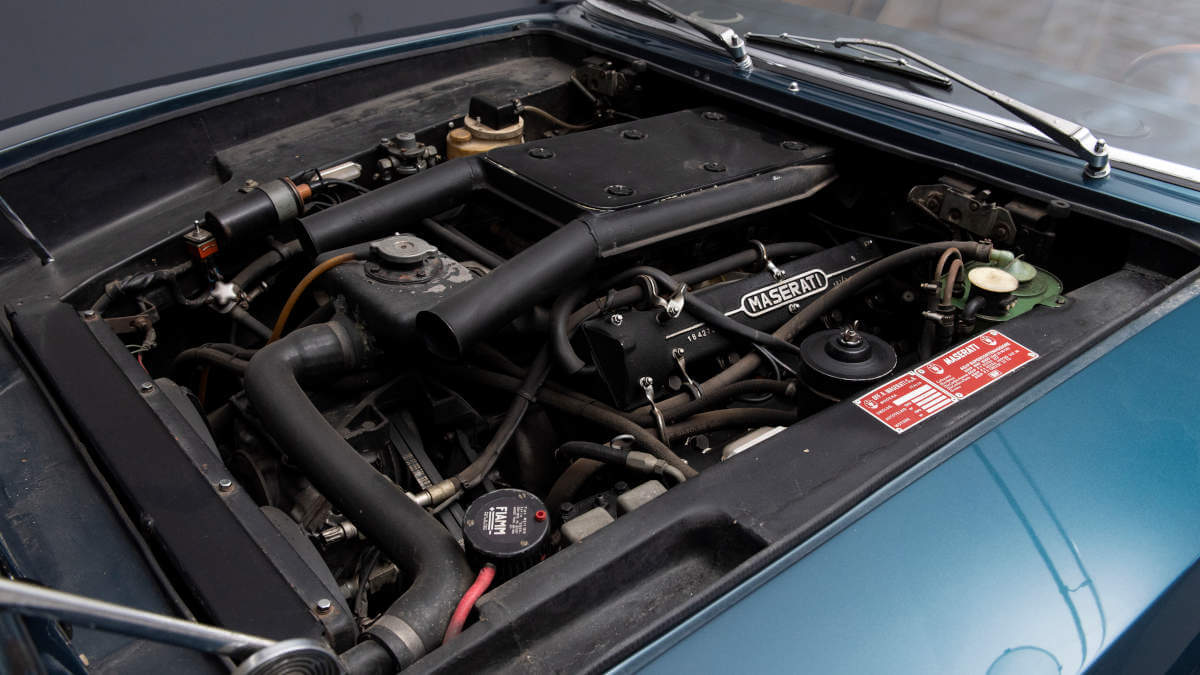







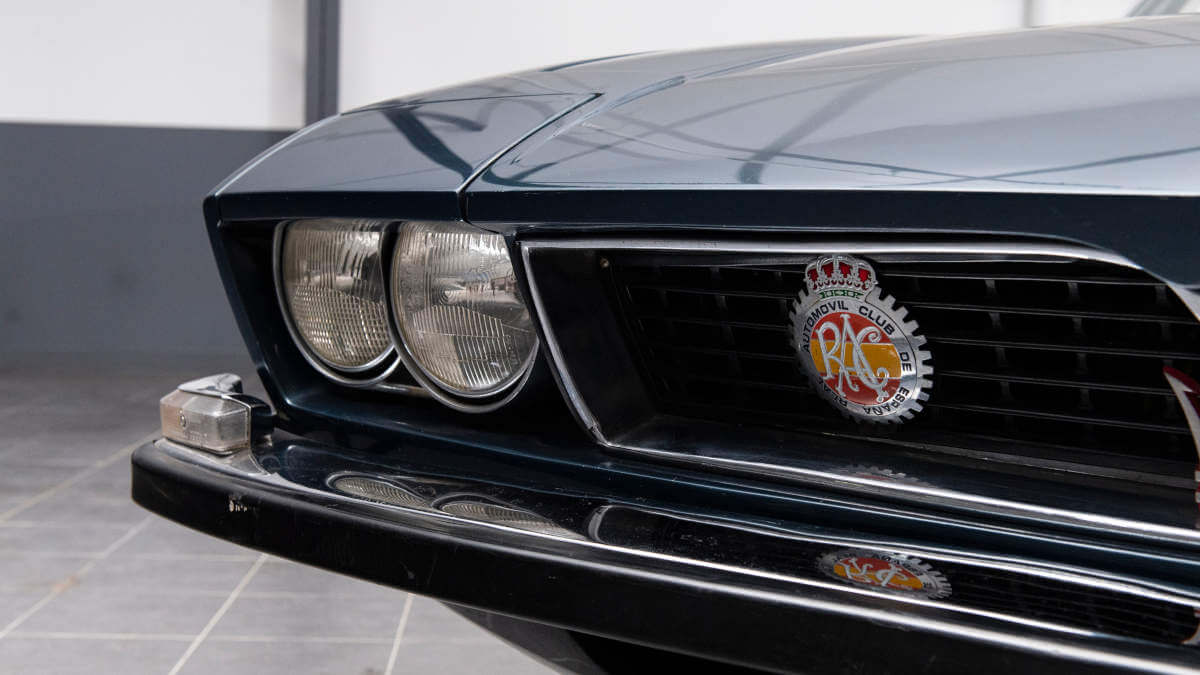



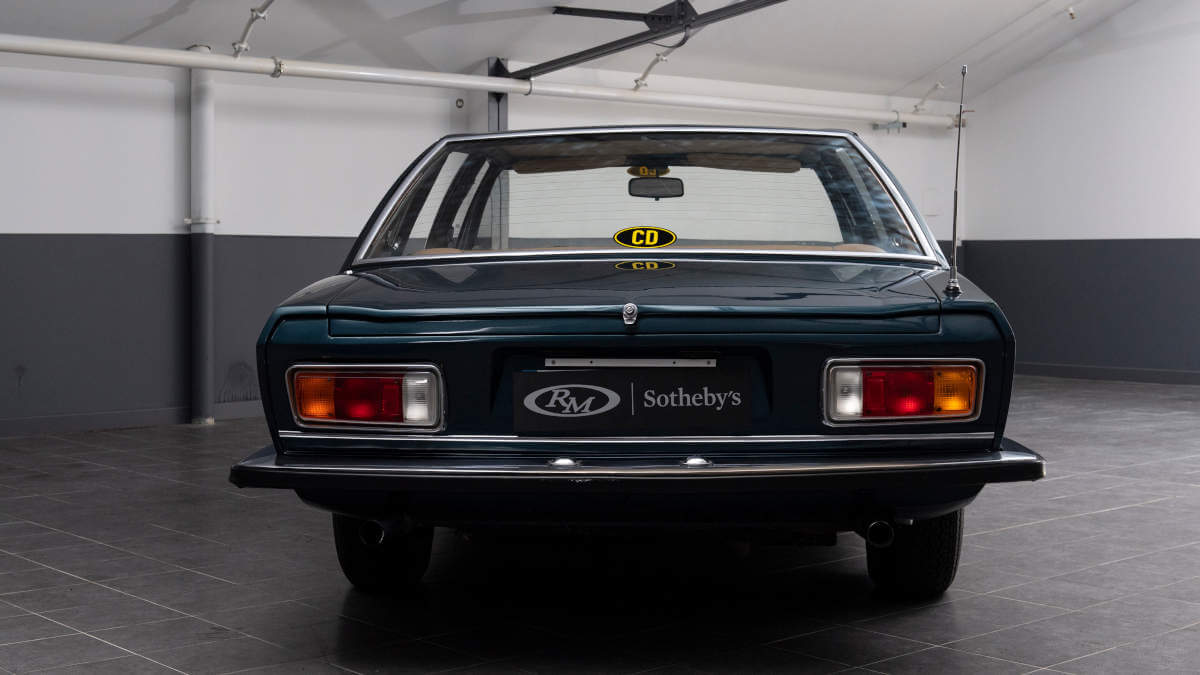



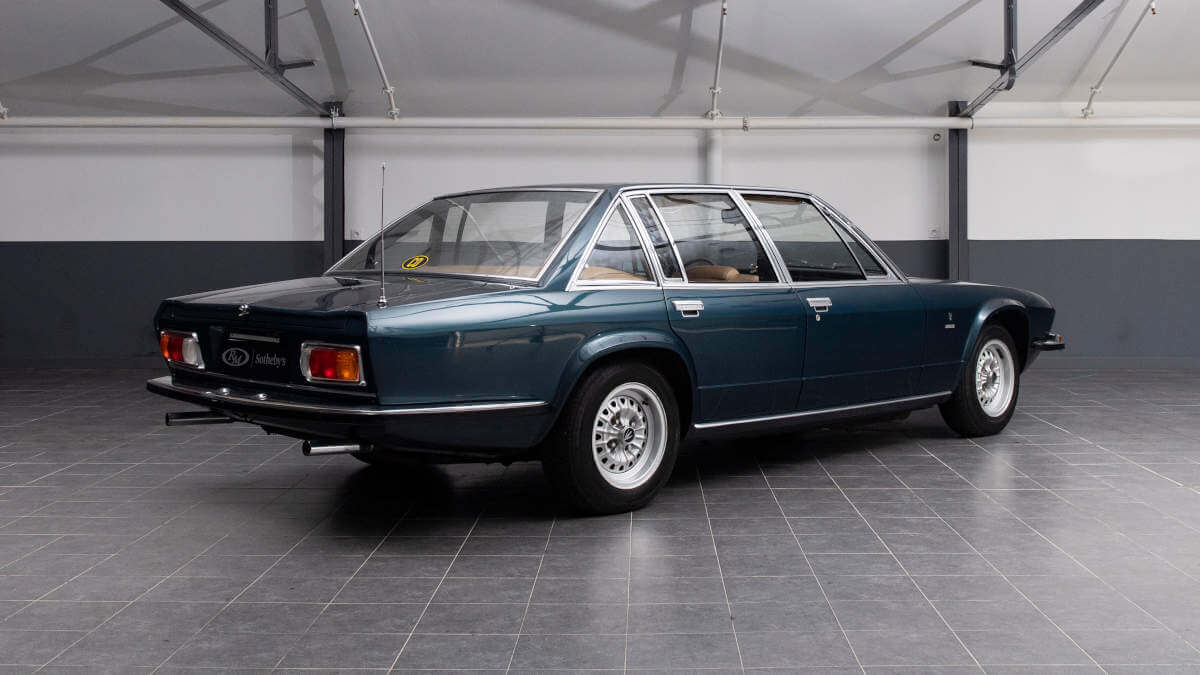



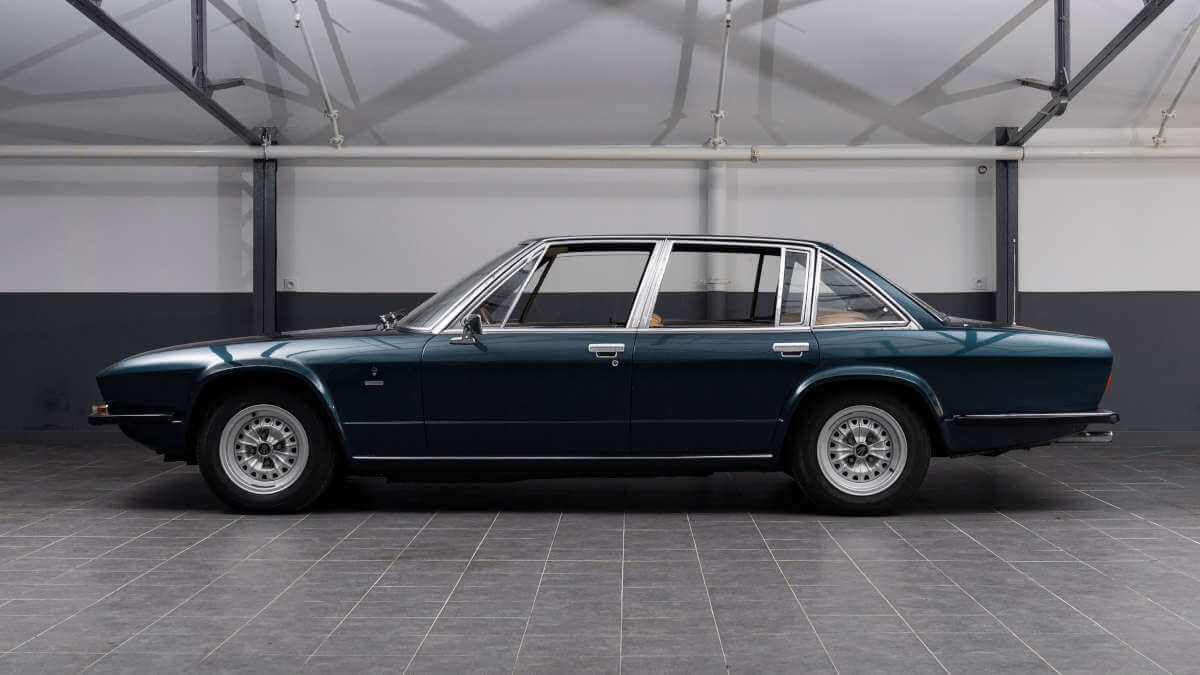



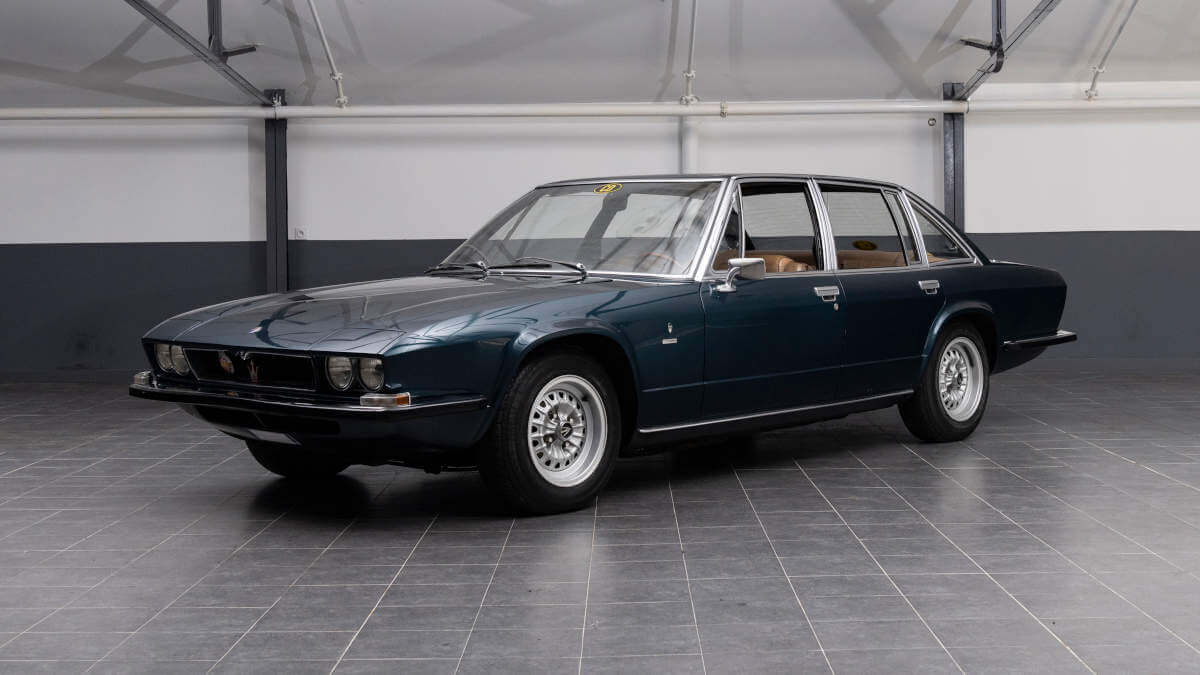



Frua developed a Quattroporte II on his own
Few car fans are aware that there was an interim model between the Quattroporte and the stillborn Quattroporte II, of which only 13 were made. When it was foreseeable that production of the original model would end, Italian car designer Pietro Frua took care of a potential successor on his own. He had already been responsible for the design of the first Quattroporte and several other Maserati models. Now, based on an extended chassis from the Maserati Indy, he drew a new sports sedan that visually picked up on its predecessor in some areas. The beltline, for example, was again deliberately low, leaving plenty of space for generous glazing of the cockpit. All five side windows can be opened to meet any needs of fresh air of the occupants. While the taillights were taken from the Alfa Romeo 1750 Berlina, round twin headlights sat at the front under a cover that only covered the top quarter of the lamps when switched off.
Second car wasn’t built until 1973/74
The Maserati Quattroporte II designed by Frua was first shown to the public at the Paris Motor Show in 1971. The designer wanted to take advantage of the proximity to the Citroën plant to be able to negotiate directly with the decision-makers of the French brand about series production. However, these negotiations weren’t promising, as Citroën preferred a new model with their own technology, which in turn wouldn’t have fit under the Frua body. Frua then showed the car with its 4.7-liter V8 engine at other car shows and finally sold it to Spain in 1974. Various sources assume that the first owner was the later King Juan Carlos I. However, this can’t be confirmed. The car later received diplomatic stickers and license plates. Although series production had been ruled out, Frua produced a second car in 1973/74. While the first car with chassis number AM121.002 was painted “Blu Turchese”, AM121.004 received a darker blue paint.




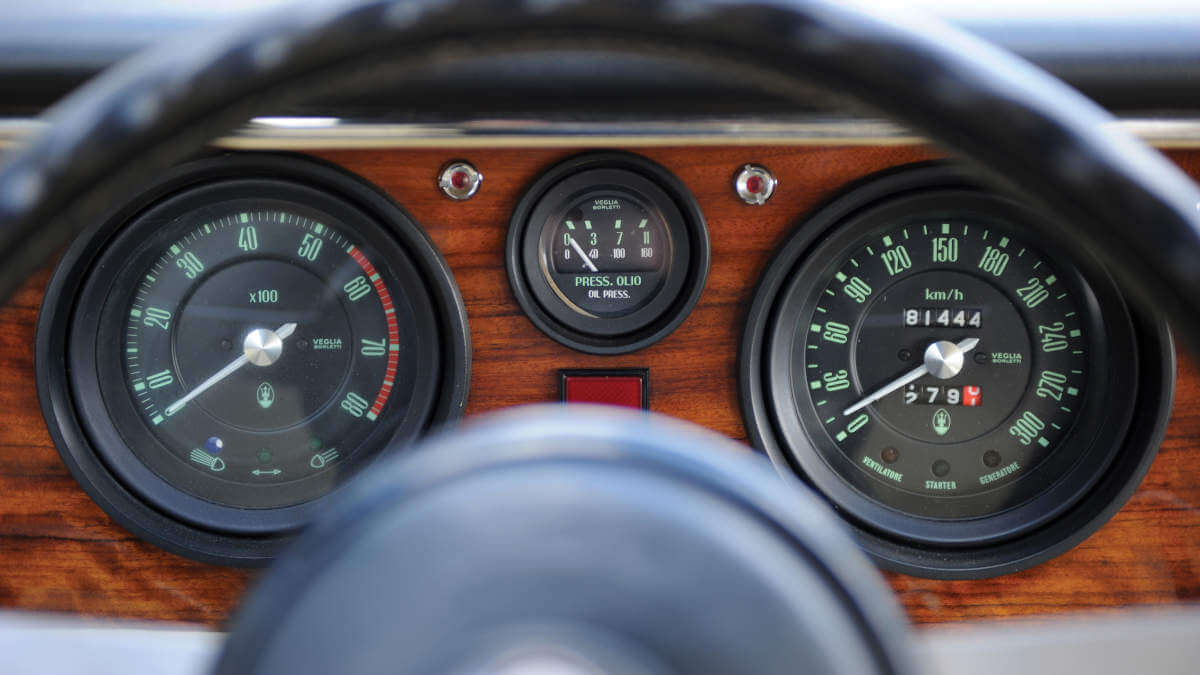



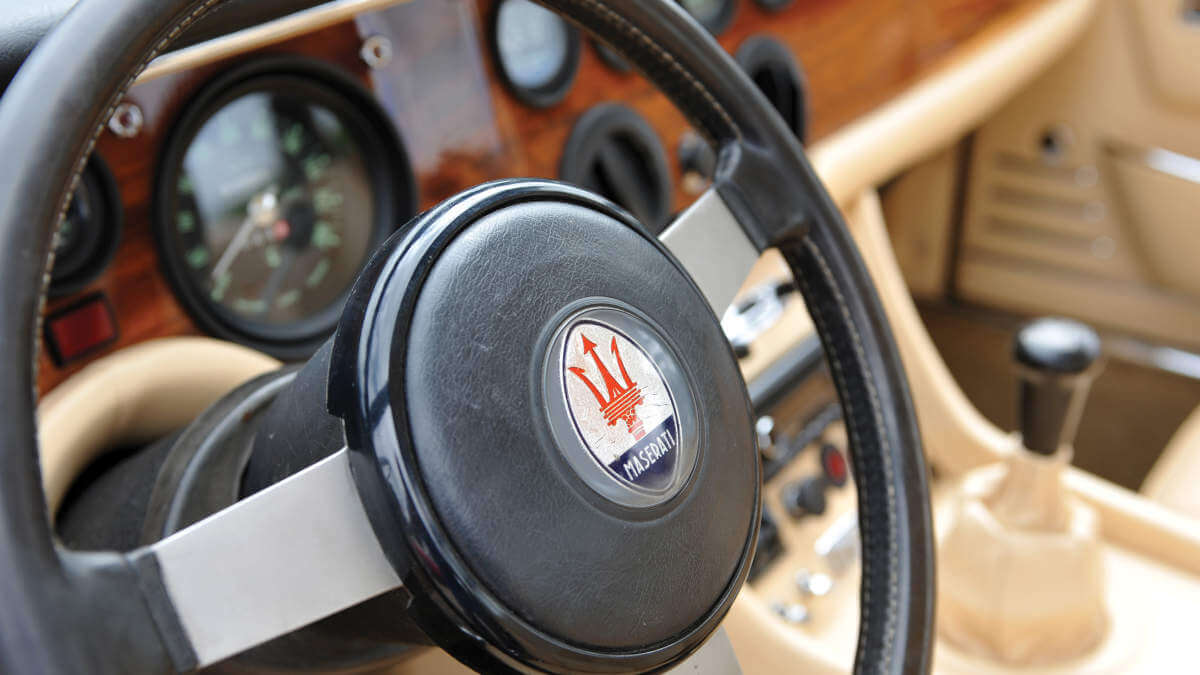



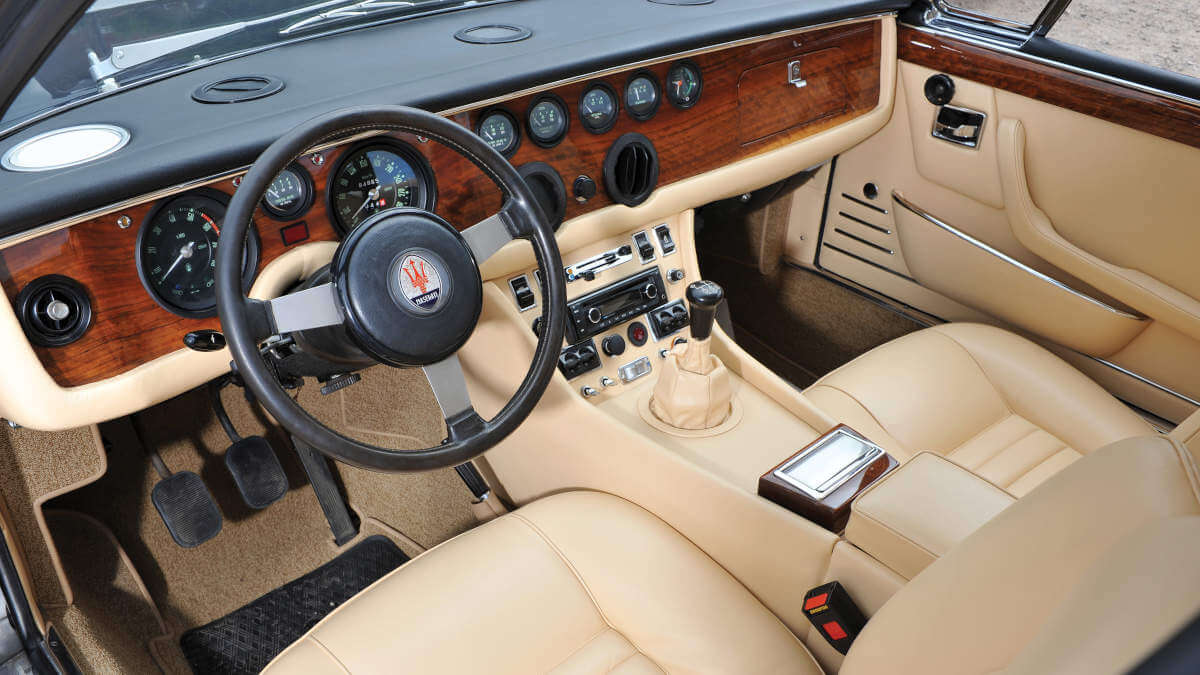



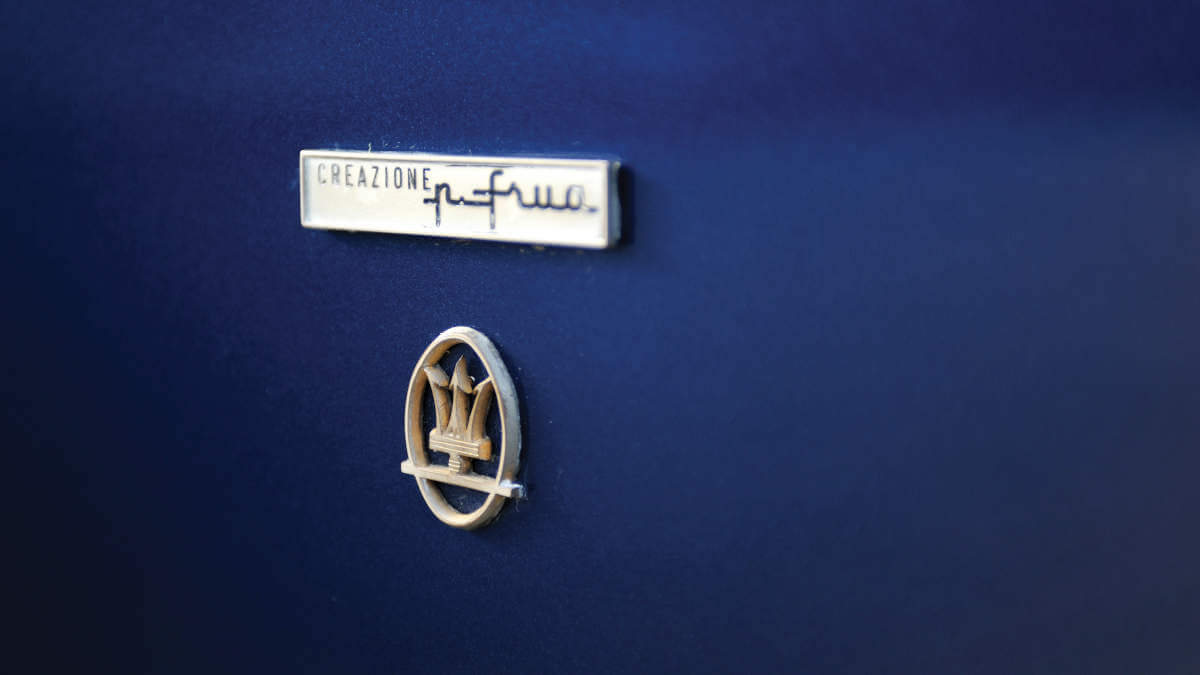



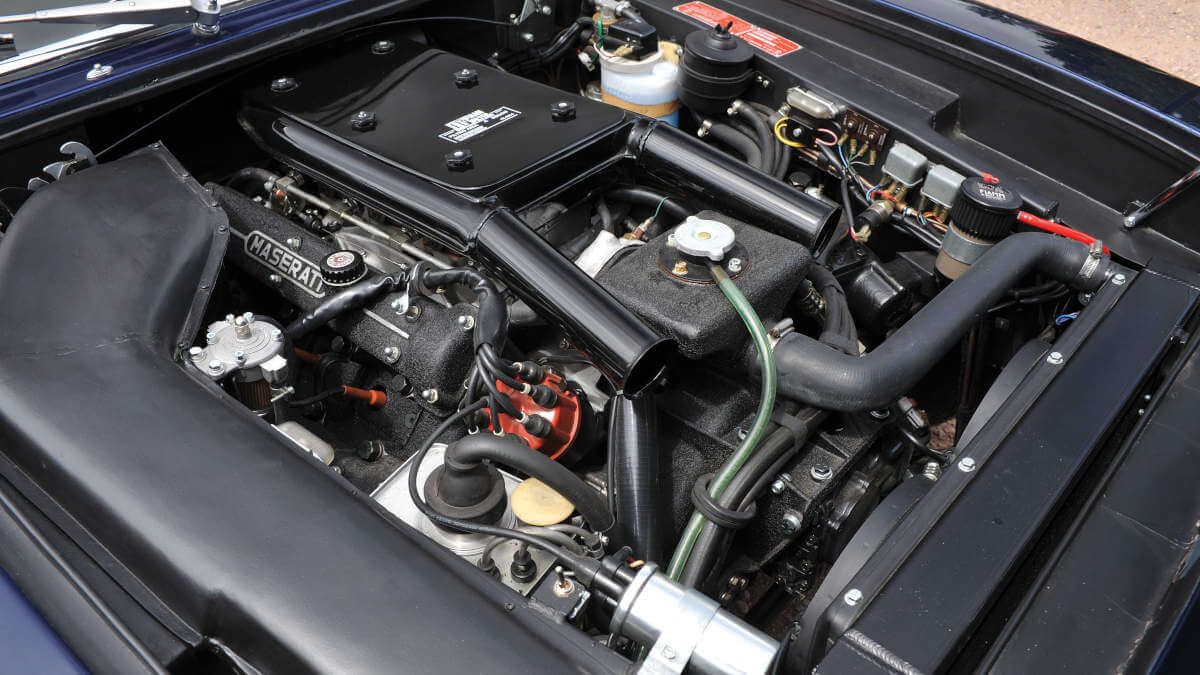







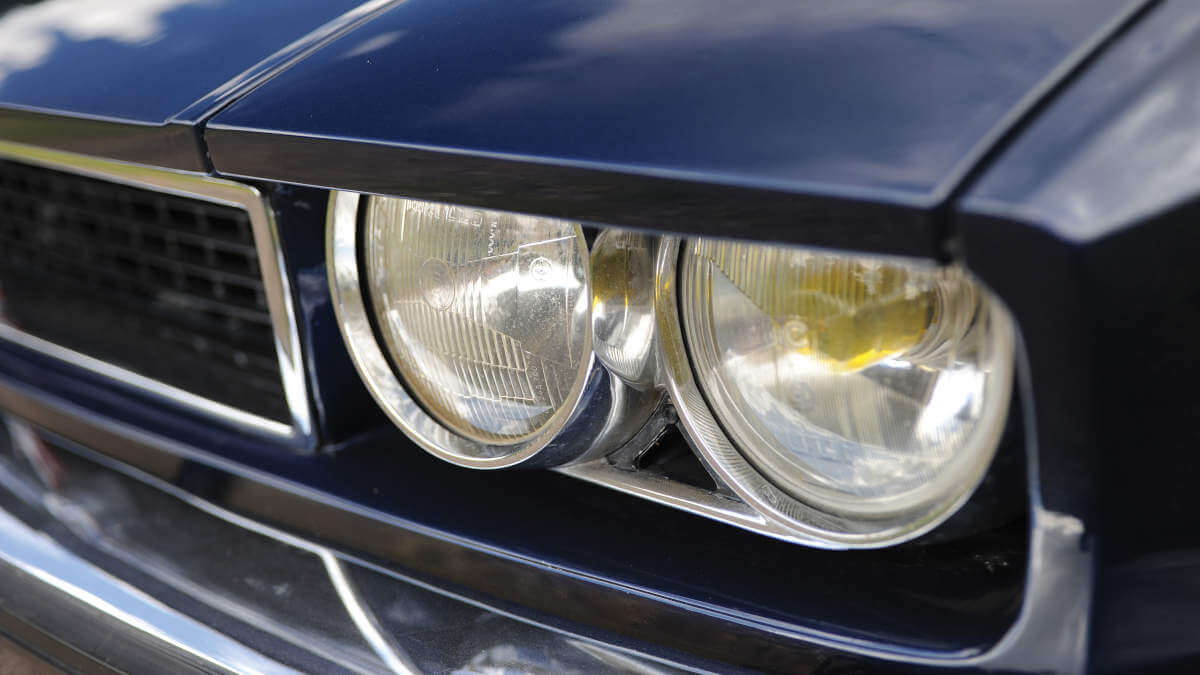



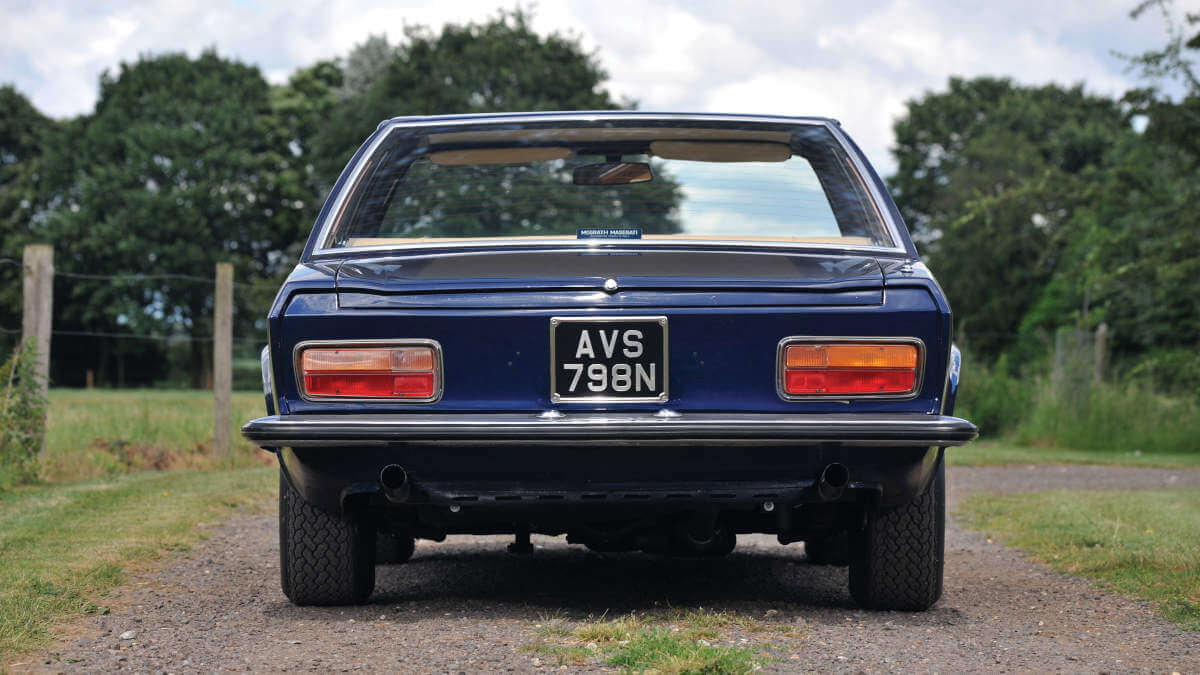



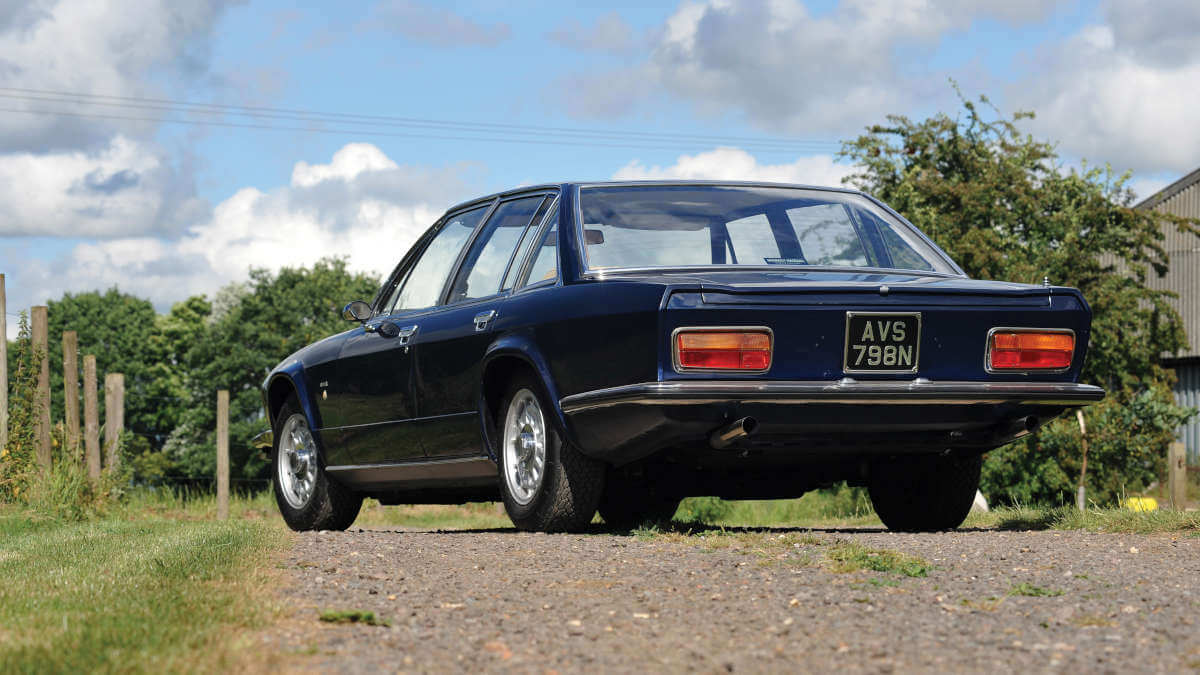



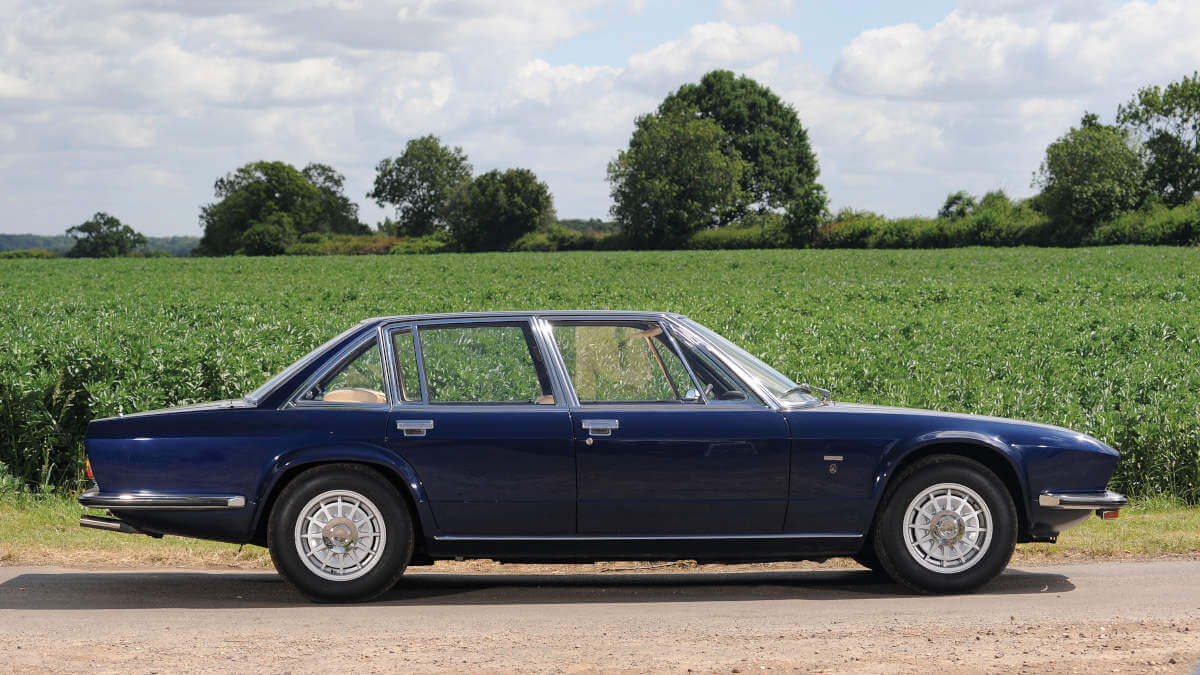



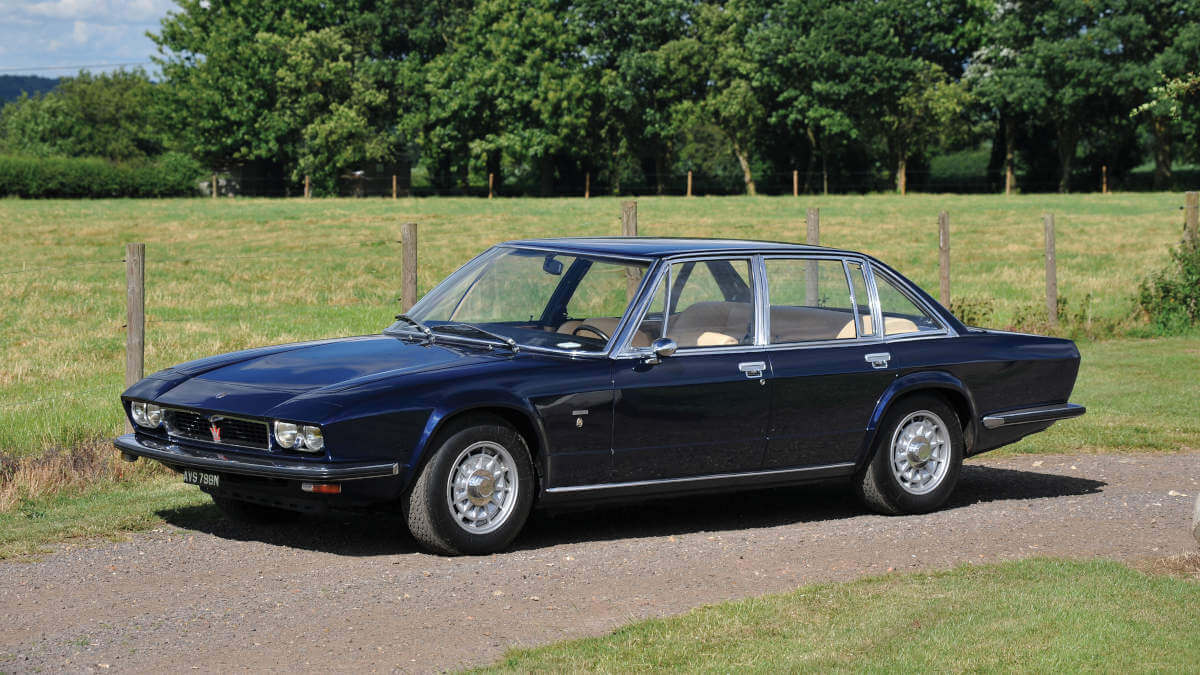



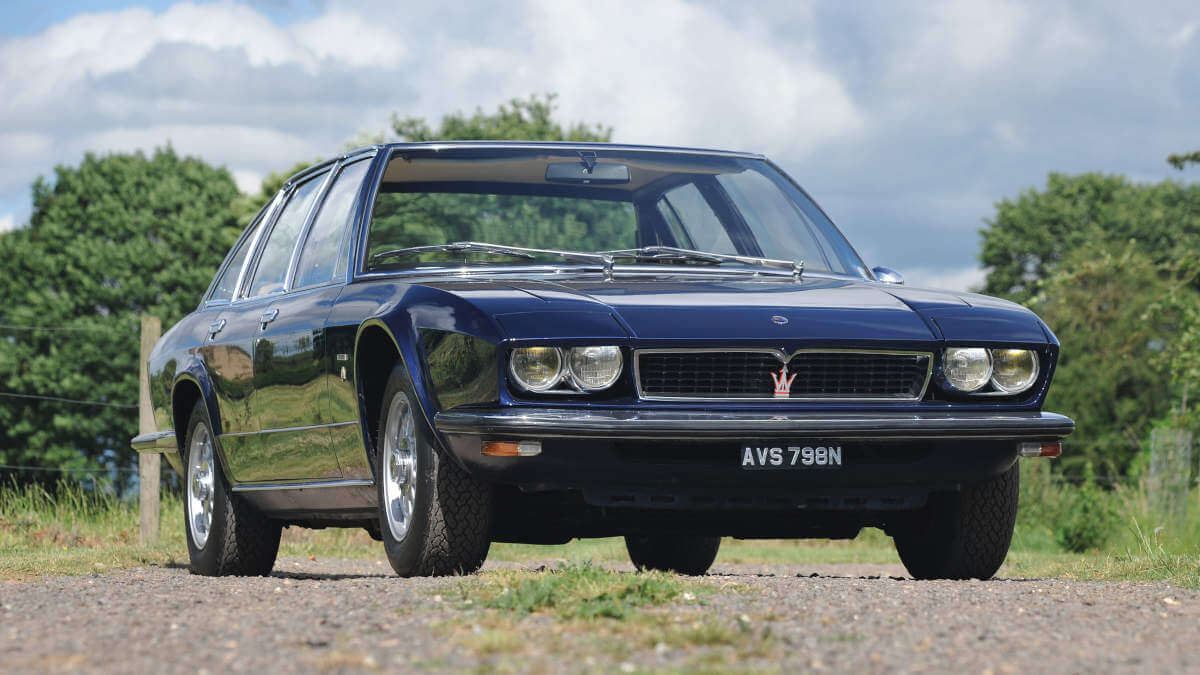



Second car for the Aga Khan, third car lost
AM121.004 was ordered with a 4.9-liter V8 engine by Karim Aga Khan IV, the 49th Imam of the Ismaili Nizarites. Maserati produced a new chassis especially for this purpose. After completion, tuning tests were also carried out by factory drivers. As a successful entrepreneur, he took on numerous company shares and foundations in addition to his role as a religious leader. Along the way, he is known for his exquisite taste in automobiles. Rumor has it that he even ordered a second Maserati Quattroporte from Frua, although the second car, painted in silver or light blue, is thought to have been lost. Possibly it burned out as a result of an accident in Spain and was scrapped. AM121.002 was repeatedly for sale in Spanish used car ads from the late 1970s onwards. It only found a second owner in Alicante in the mid-1980s. He had the car restored in Italy in about 1990.
RM Sotheby’s auctions AM121-002
After stops in Germany and Switzerland, the car moved to the USA. There several changes of ownership followed. At times, both Frua Quattroporte were in the same collection in Texas. RM Sotheby’s auctioned AM121.004 in Monterey in 2001 for US$ 53,900 and AM121.002 15 years later at the same location for US$ 88,000. In 2018, RM Sotheby’s auctioned the dark blue Aga Khan Quattroporte again in London, this time for £ 178,250. AM121.002 will follow on November 19 as part of the Guikas Collection auction in Le Castellet, France. So far, there is no information on the expected estimate.
Images: RM Sotheby’s, Dirk de Jager, Michael Ward




